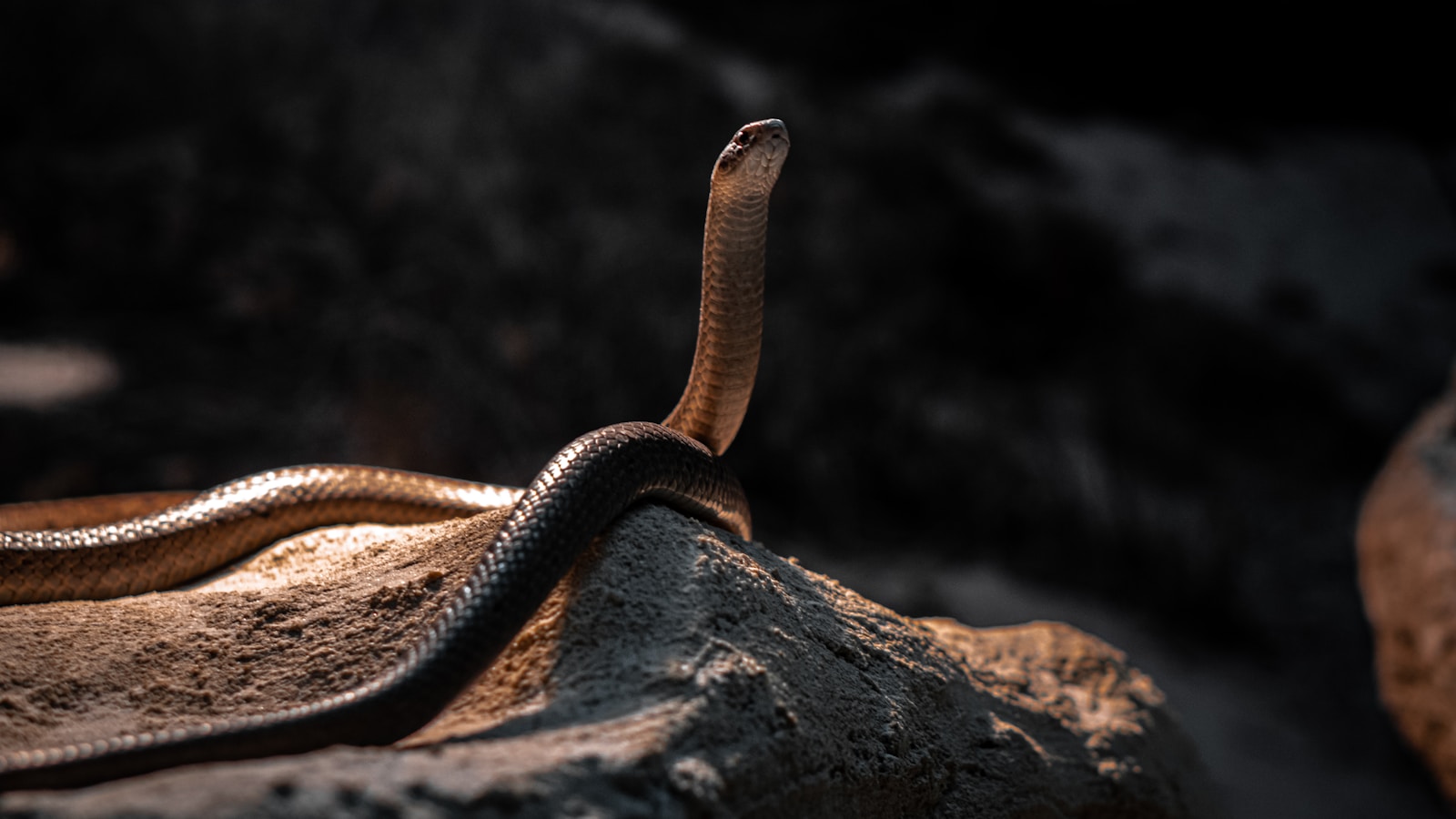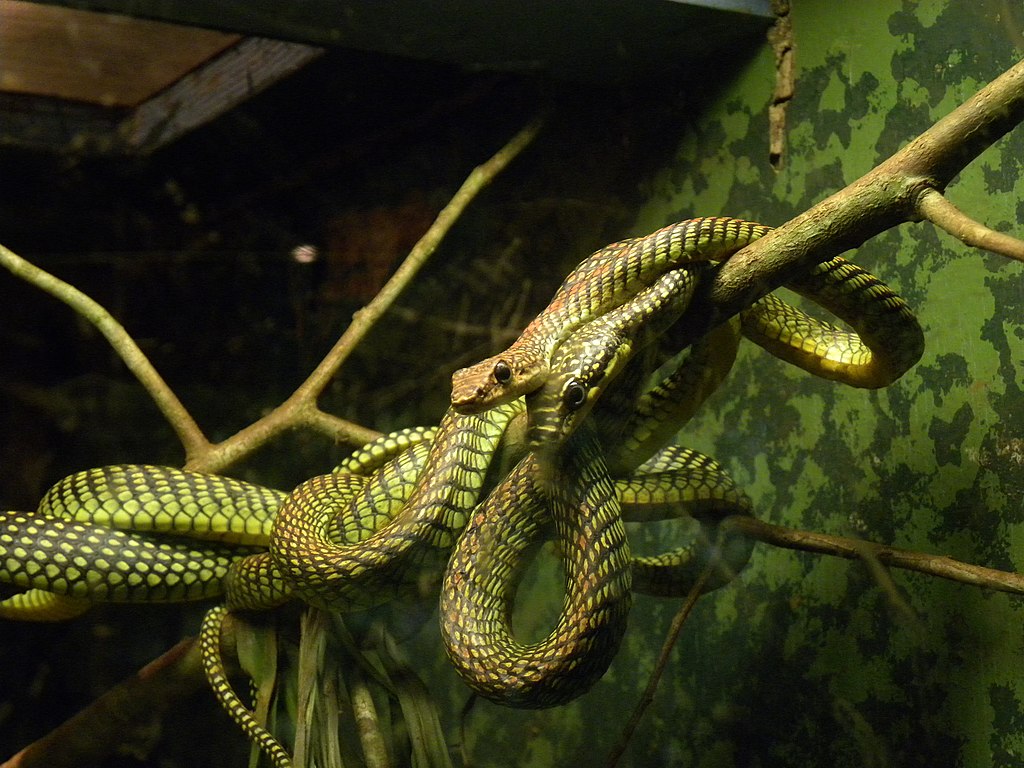In the mysterious world of animal navigation, snakes have emerged as fascinating subjects for scientific study. While birds, sea turtles, and salmon have long been recognized for their remarkable ability to navigate using Earth’s magnetic field, recent research has uncovered that snakes also possess this extraordinary skill. These legless reptiles, often misunderstood and feared, navigate their environment with remarkable precision despite lacking limbs and traditional navigation tools. Their ability to sense and interpret the planet’s magnetic field represents one of nature’s most sophisticated navigation systems, enabling these creatures to undertake seasonal migrations, find suitable habitats, and return to their birthplaces with astonishing accuracy. This article explores the fascinating mechanisms behind how snakes harness Earth’s magnetic field to navigate through their diverse habitats.
The Basics of Earth’s Magnetic Field

Earth’s magnetic field functions like a vast, invisible shield generated by the movement of molten iron in our planet’s outer core. This geodynamo effect creates a field that extends from Earth’s interior out into space, protecting our atmosphere from solar radiation. For navigation purposes, the field features magnetic north and south poles that don’t precisely align with the geographic poles. These magnetic poles gradually shift position in what scientists call secular variation, moving several kilometers per year. Animals like snakes that rely on magnetoreception must adapt to these changes, which may explain why they supplement magnetic navigation with other sensory inputs. The field’s intensity and inclination angle (dip) vary by location, providing a three-dimensional grid that magnetically sensitive animals can potentially read like a map.
Magnetoreception: The Sixth Sense

Magnetoreception refers to an organism’s ability to detect Earth’s magnetic field, representing what many scientists consider a genuine sixth sense. Unlike the five basic senses humans rely on, magnetoreception operates on principles entirely different from sight, hearing, touch, taste, or smell. In snakes, this remarkable ability allows them to detect subtle variations in the magnetic field’s strength and orientation without any conscious effort. The sensitivity of this system is extraordinary, with some species able to detect changes in magnetic field strength as small as a fraction of a microtesla—approximately 1/50,000th of Earth’s magnetic field strength. This sensory capacity remains active even when other senses are compromised, suggesting it evolved as a reliable backup navigation system that functions regardless of visibility, weather conditions, or other environmental factors.
The Discovery of Magnetic Navigation in Snakes

The scientific discovery of magnetic navigation in snakes came relatively recently compared to similar findings in birds and turtles. Researchers first suspected this ability when observing the remarkable homing behavior of certain snake species, particularly timber rattlesnakes that could return to their dens after being displaced several kilometers. Controlled experiments in the early 2000s provided the first conclusive evidence when scientists placed snakes in artificially manipulated magnetic fields and observed significant changes in their orientation behavior. A breakthrough study with eastern garter snakes demonstrated that when exposed to altered magnetic fields mimicking locations hundreds of kilometers away, the snakes attempted to orient themselves as if they were actually in those distant locations. Subsequent research across multiple snake families has confirmed that this ability is widespread among snake species, though with varying degrees of sensitivity and reliance.
The Magnetite Connection

At the cellular level, snake magnetoreception appears to involve microscopic particles of magnetite (Fe₃O₄), a naturally magnetic iron oxide compound found in specific tissues. These magnetite crystals, measuring just nanometers in diameter, have been identified in the brains, nervous systems, and certain specialized cells of various snake species. When exposed to magnetic fields, these biogenic magnetite particles physically rotate or shift position, triggering adjacent cellular mechanisms that transmit signals to the snake’s brain. Researchers using specialized imaging techniques have mapped concentrations of these magnetite particles in the ethmoid region of snake skulls, particularly in areas rich with sensory neurons. The distribution pattern of these magnetic particles differs between species, potentially explaining variations in magnetic navigation abilities among different snake types, with highly migratory species typically possessing more developed magnetite-based sensory systems.
Cryptochrome Photoreceptors: Light-Dependent Magnetoreception

Alongside magnetite-based mechanisms, snakes may employ a second, entirely different system for magnetic detection involving specialized proteins called cryptochromes. These light-sensitive molecules, found in the retinas of many animals including snakes, undergo chemical changes when exposed to certain wavelengths of light. When blue light strikes these cryptochrome proteins, it generates pairs of quantum-entangled electrons whose spin states are affected by magnetic fields. This quantum mechanism effectively translates magnetic information into neurological signals that the snake can process. This light-dependent system may explain why some snake species show different navigational behaviors in daylight versus darkness, with their magnetic sensitivity appearing to function optimally in well-lit conditions. The dual-mechanism theory suggests that snakes might use both magnetite and cryptochrome systems simultaneously, providing redundancy and enhancing the precision of their magnetic navigation.
Navigational Maps in Snake Brains

Snake brains contain specialized neural networks that process magnetic field information into usable navigational data. Neuroimaging studies have revealed that when snakes detect changes in the magnetic field, specific brain regions in the medial cortex and hippocampus become active—areas associated with spatial memory and navigation in vertebrates. These regions appear to construct what scientists call a “magnetic map,” a mental representation of geographic space based on magnetic field variations. This cognitive map allows snakes to determine both direction (compass sense) and position (map sense) relative to their goals. Remarkably, young snakes begin developing these neural networks before they ever leave their birth locations, suggesting some innate component to magnetic navigation that gets refined through experience. Over time, individual snakes build increasingly detailed magnetic maps of their territories, enhancing their navigational precision and allowing them to create mental shortcuts between important locations.
Seasonal Migrations Guided by Magnetic Fields

Many snake species undertake seasonal migrations between summer feeding grounds and winter hibernation sites, journeys that can span several kilometers through challenging terrain. These migrations follow remarkably consistent routes year after year, suggesting the use of stable navigational cues like magnetic fields rather than temporary environmental features. Timber rattlesnakes in the northeastern United States, for example, travel up to 8 kilometers from their winter dens to summer territories, maintaining such precise directionality that they often use identical paths annually. Radio-tracking studies have shown that when researchers artificially displace snakes from their migratory routes, they quickly reorient and correct their course using magnetic cues, even when visual landmarks are absent or unfamiliar. This magnetic guidance system proves especially valuable during autumn migrations when snakes must reach hibernation sites before lethal cold temperatures arrive, making navigational efficiency literally a matter of survival.
Homing Behavior: Finding Their Way Back

The homing ability of snakes—their capacity to return to specific locations after displacement—provides some of the most compelling evidence for magnetic navigation. In controlled experiments, researchers have transported snakes in completely darkened containers over circuitous routes to eliminate any possibility of using visual cues or creating a “mental map” during transport. When released several kilometers from their capture points, many snake species demonstrate a remarkable ability to orient themselves toward home within minutes, even in unfamiliar terrain. This behavior persists when other sensory cues are controlled for, strongly suggesting reliance on magnetic information. Perhaps most impressively, some sea snakes can return to their home reefs after being displaced tens of kilometers into the open ocean, navigating across featureless water where no landmarks exist. This extraordinary homing precision indicates that snakes not only sense the magnetic field’s direction but can also detect subtle variations in field strength and inclination that create a unique magnetic signature for specific locations.
Species Variations in Magnetic Sensitivity

The degree of magnetic sensitivity varies considerably across the approximately 3,900 known snake species, reflecting their diverse ecological niches and navigational needs. Highly migratory species like timber rattlesnakes (Crotalus horridus) and eastern indigo snakes (Drymarchon couperi) demonstrate exceptional magnetic navigation abilities, likely due to their need to travel between widely separated seasonal habitats. Aquatic species, including sea snakes and water snakes, also show remarkable magnetic sensitivity, possibly because underwater environments offer fewer alternative navigational cues than terrestrial settings. Conversely, species with small home ranges, such as certain burrowing snakes, appear to rely less on magnetic navigation and more on chemical cues for orientation. Interestingly, research suggests that even within species, magnetic sensitivity can vary among individuals and develop with age, with adults typically demonstrating more precise magnetic orientation than juveniles. This variation suggests that while the basic mechanisms for magnetoreception may be innate, experience plays a crucial role in refining this navigational system throughout a snake’s life.
Magnetic Disturbances and Snake Behavior

Human-caused magnetic disturbances can significantly impact snake navigation, potentially disrupting crucial behaviors like migration and breeding. Power lines, which generate artificial magnetic fields, have been documented to disorient snakes passing beneath them, causing temporary navigational confusion that can persist for hours after exposure. Similar effects have been observed near large metal structures, mining operations, and areas with electromagnetic pollution from urban infrastructure. During geomagnetic storms—disturbances in Earth’s magnetic field caused by solar activity—researchers have noted unusual snake movements and clustering behaviors, suggesting these natural phenomena also affect their navigational abilities. Perhaps most concerning are studies showing that snakes born near strong artificial magnetic sources may develop permanently altered navigational capabilities, unable to correctly calibrate their internal magnetic compass during critical developmental periods. These findings raise important conservation questions about how expanding human electromagnetic infrastructure might impact snake populations that rely on magnetic navigation for survival.
Integrating Multiple Navigational Systems

While magnetic navigation plays a crucial role in snake orientation, these reptiles employ a sophisticated multi-modal system that integrates various sensory inputs for optimal navigation. Snakes combine magnetic information with visual landmarks, celestial cues like sun position, olfactory signals from their highly developed vomeronasal organs, and even subtle terrain features detected through their belly scales. This sensory integration occurs in specialized brain regions that weigh the reliability of each input depending on conditions and previous experience. During clear daylight, for instance, a snake might prioritize visual and magnetic cues, while relying more heavily on scent and magnetic information in darkness or dense vegetation. This redundant system provides navigational resilience, allowing snakes to maintain orientation even when some sensory channels are compromised. Research using sensory deprivation techniques has shown that when one navigational system is blocked, snakes can compensate by increasing reliance on remaining functional systems, demonstrating remarkable neurological plasticity.
Evolutionary Origins of Magnetic Navigation

The evolutionary history of magnetic navigation in snakes likely extends back millions of years to their early reptilian ancestors. Paleomagnetic evidence suggests that Earth’s magnetic field has been a stable navigational reference throughout the approximately 100 million years that snakes have existed. Comparative studies across reptile species indicate that basic magnetoreception mechanisms may predate the evolution of snakes themselves, with similar systems found in their lizard relatives. This suggests magnetic navigation represents an ancient adaptation rather than a recently evolved trait. The selective advantages of magnetic navigation would have been substantial throughout snake evolution, allowing for more efficient hunting, better avoidance of predators, and more successful location of mates across large territories. Genomic research has identified highly conserved genes associated with magnetoreception across diverse snake lineages, further supporting the ancient origins of this navigational system. These genes show evidence of strong stabilizing selection, indicating that the ability to navigate by magnetic fields has been consistently beneficial throughout snake evolutionary history.
Implications for Conservation and Research

Understanding snake magnetic navigation has significant implications for conservation efforts and further scientific research. For endangered snake species, knowledge of their navigational mechanisms helps wildlife managers design more effective protected corridors that account for natural migration routes guided by magnetic cues. This understanding also informs habitat restoration projects, suggesting that simply recreating physical features may be insufficient if the magnetic environment has been altered. From a research perspective, snakes offer unique advantages as models for studying magnetoreception because they lack the confounding navigational cues of flight or complex visual processing found in birds and sea turtles. Their relatively simple neurological systems make tracing the pathways from magnetic detection to behavioral response more straightforward than in many other vertebrates. Additionally, the diversity of snake species across different habitats provides natural experimental conditions for understanding how magnetic navigation adapts to different environmental challenges. As research techniques improve, particularly in non-invasive neuroimaging and genetic analysis, snakes will likely continue to provide valuable insights into one of nature’s most remarkable sensory systems.
Conclusion

The ability of snakes to navigate using Earth’s magnetic field represents one of nature’s most elegant solutions to the challenge of movement through complex environments. From the microscopic magnetite particles in their tissues to the specialized neural networks in their brains, snakes have evolved sophisticated systems for detecting and interpreting magnetic information that guides their migrations, hunting, and homing behaviors. This remarkable adaptation highlights the extraordinary sensory capabilities that can evolve in species whose survival depends on efficient navigation across diverse landscapes. As human activities increasingly alter both physical habitats and electromagnetic environments, understanding snake magnetic navigation becomes not just a matter of scientific curiosity but also of conservation necessity. By continuing to unravel the mysteries of how these reptiles sense and interpret Earth’s magnetic field, we gain not only deeper insights into snake biology but also a greater appreciation for the hidden dimensions of sensory experience that exist beyond human perception.





